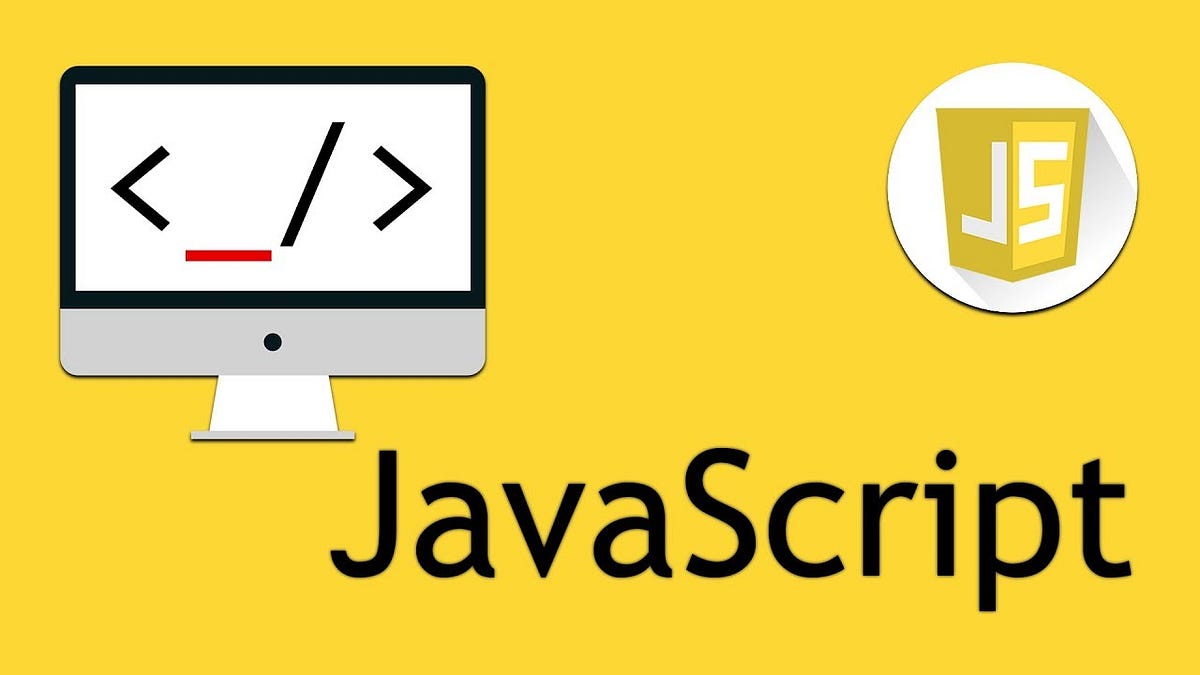The world’s most misunderstood programming language is JavaScript but JavaScript is now used by an incredible number of high-profile applications. So, it’s an important skill for any web or mobile developer to enrich the deeper knowledge in it.
Unlike most programming languages, the JavaScript language has no concept of input or output. It is designed to run as a scripting language in a host environment, and it is up to the host environment to provide mechanisms for communicating with the outside world.
Its syntax is based on the Java and C languages — many structures from those languages apply to JavaScript as well. JavaScript supports object-oriented programming with object prototypes, instead of classes. JavaScript also supports functional programming — because they are objects, functions may be stored in variables and passed around like any other object.
Let’s start off by looking at the building blocks of any language: the types. JavaScript programs manipulate values, and those values all belong to a type. JavaScript’s types are:
· Number
· String
· Boolean
· Function
· Object
· Symbol
and undefined and null, which are … slightly odd. And Array, which is a special kind of object. Date and RegExp, which are objects that you get for free. And to be technically accurate, functions are just a special type of object. So the type of diagram looks like this:
#beginner-javascript #javascript #javascript-introduction #javascript-fundamental #basic-javascritp
